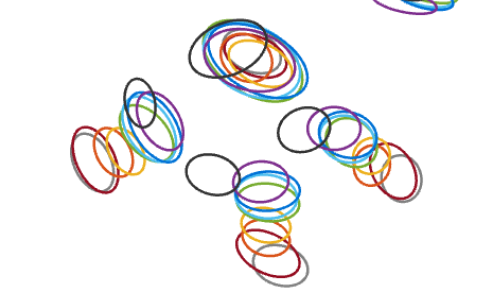
Two colour appearance models based UCSs, CAM16-UCS and ZCAM-QMh, were tested using HDR, WCG and COMBVD datasets. As a comparison, two widely used UCSs, CIELAB and ICTCP, were tested. Metrics of the STRESS and correlation coefficient between predicted colour differences and visual differences, together with local and global uniformity based on their chromatic discrimination ellipses, were applied to test models' performance. The two UCSs give similar performance. The luminance parametric factor kL, and power factor γ, were introduced to optimize colour-difference models. Factors kL and γ of 0.75 and 0.5, gave marked improvement to predict the HDR dataset. Factor kL of 0.3 gave significant improvement in the test of WCG dataset. In the test of COMBVD dataset, optimization provide very limited improvement.